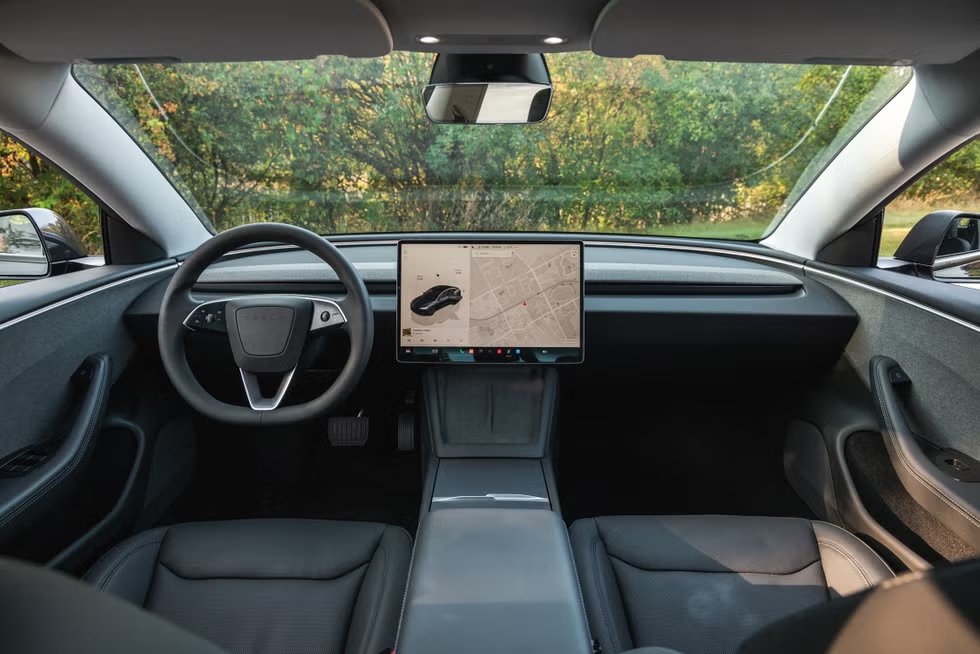In 2024, the urban mobility landscape is witnessing a revolutionary transformation, catalyzed by the convergence of AI and electric vehicles (EVs). Recent data from Bloomberg Green reveals that global EV sales are expected to surpass 20 million units this year, driven by technological advancements and increased consumer demand. This surge is significantly influenced by artificial intelligence, which is redefining how we navigate our cities. In this article, you’ll learn how AI and EVs are shaping urban mobility, the benefits they bring, and what this means for the future of transportation.
The Rise of AI in Urban Mobility
AI-Driven Autonomous Vehicles
Artificial intelligence is at the heart of the autonomous vehicle revolution. Companies like Tesla and Waymo are at the forefront, utilizing AI to enhance driving safety and efficiency. With AI’s ability to process vast amounts of data in real-time, autonomous vehicles can make split-second decisions that improve traffic flow and reduce accidents. According to a study by the MIT Technology Review, AI-driven cars could reduce traffic fatalities by up to 90%.
- Key Features of AI in Autonomous Vehicles:
- Real-time traffic analysis
- Predictive maintenance alerts
- Enhanced pedestrian detection systems
Smart Traffic Management
AI isn’t just about self-driving cars; it’s also revolutionizing urban infrastructure. Intelligent traffic management systems use AI to monitor and manage traffic patterns, reducing congestion and emissions. Cities like Singapore and Amsterdam have already implemented AI-driven traffic solutions, leading to a 15% improvement in traffic flow, as reported by Reuters Mobility.
The Electrifying Impact of EVs
Growth of EV Adoption
Electric vehicles are no longer niche products; they’re becoming mainstream. With the global push towards sustainability, brands like BYD and Volkswagen are expanding their EV lineups. According to Electrek, EVs accounted for 15% of all new car sales in 2023, and this figure is set to rise as battery technology improves and costs decrease.
- Recent Developments in EV Technology:
- Extended range capabilities
- Faster charging solutions
- Improved battery lifecycle
The Role of Charging Infrastructure
A robust charging infrastructure is crucial for the widespread adoption of EVs. The International Energy Agency (IEA) reports that the number of public charging points worldwide is expected to reach 10 million by the end of 2024. This growth is driven by investments from both public and private sectors, with companies like ChargePoint and Tesla leading the charge.
- Tips for Efficient EV Charging:
- Use apps to locate nearby charging stations.
- Plan your routes with charging stops in mind.
- Consider installing a home charging station for convenience.
The Future of Mobility: Convergence of AI and EVs
Enhanced Passenger Experience
The integration of AI and EVs promises a seamless and personalized transportation experience. AI can optimize route planning, suggest nearby amenities, and even offer entertainment options tailored to passengers’ preferences. Lucid Motors, for example, is leveraging AI to enhance in-car experiences, making journeys more enjoyable and efficient.
Sustainability and Environmental Impact
The combined impact of AI and EVs extends beyond convenience; it also supports environmental sustainability. By reducing emissions and optimizing energy use, these technologies are pivotal in the fight against climate change. According to CleanTechnica, the carbon footprint of EVs is 50% lower than that of traditional vehicles, and AI-driven optimizations could enhance this further.
How to Prepare for the Future of Mobility
- Stay Informed: Keep up with the latest developments in AI and EV technology through trusted sources like TechCrunch and Wired.
- Consider EV Ownership: Evaluate the benefits of switching to an EV, including cost savings on fuel and maintenance.
- Support Sustainable Practices: Advocate for policies and initiatives that promote sustainable urban mobility solutions.
Conclusion: Embracing the Mobility Revolution
As AI and EVs redefine urban mobility in 2024, the benefits are clear: safer roads, reduced emissions, and enhanced convenience. This transformation is not just a technological shift but a societal one, promising a cleaner, smarter, and more connected world. Are you ready to embrace the future of mobility? By staying informed and making conscious choices, you can be part of this exciting journey. As we look ahead, the potential for AI and EVs to transform our cities is limitless, heralding a new era of sustainable urban living.
By understanding these advancements and their implications, you not only prepare yourself for the changes to come but also contribute to a more sustainable future. What’s your next step in this mobility revolution? Share your thoughts and join the conversation as we navigate the roads of tomorrow.

